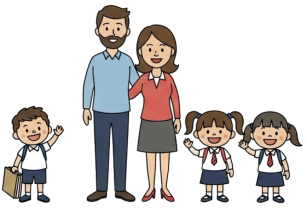
Question More, Action Knowledge.
Remember, at QMAK, we don’t just teach; we empower. We don’t just inform; we inspire. We don’t just question; we act. Become a Gold Member, and let’s unlock your child’s full potential, one question at a time.

Self-awareness—the capacity to recognize one’s thoughts, feelings, and sensations—allows children to distinguish their internal experience from external influences, building the foundation for conscious choice rather than reactivity.
Research indicates that practicing mindfulness and reflection activities can help children become aware of their thoughts, feelings, and body sensations, developing self-awareness and the ability to distinguish oneself from the collective (Rochat, 2020).
For 7-year-old children, developing self-awareness involves learning to pause and notice their internal landscape—recognizing emotions as they arise, observing thought patterns, and sensing bodily reactions.
This growing awareness helps children understand that they have an inner world distinct from others, allowing them to recognize when their authentic experience differs from group expectations or pressures.
Purpose: To develop present-moment awareness of thoughts, feelings, and sensations without judgment, helping children recognize the contents of their consciousness as distinct experiences they can observe.
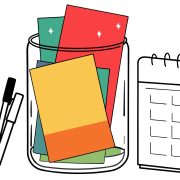
Set up experiences for successful awareness practice:
Build fundamental awareness abilities:
Develop diverse practice approaches:
Develop language for awareness:
Transfer practice to everyday awareness:
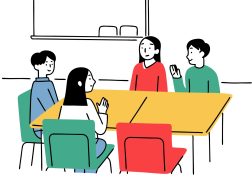
Purpose: To develop emotional awareness, vocabulary, and understanding, helping children recognize emotions as distinct experiences they can identify, express, and respond to consciously.

Establish regular practices for feeling awareness:
Develop language for internal experiences:
Guide productive reflection conversations:
Provide diverse ways to process feelings:
Build ongoing reflection practices:

Purpose: To develop awareness of physical sensations and the mind-body connection, helping children recognize how emotions and thoughts manifest in their bodies and how to release tension consciously.
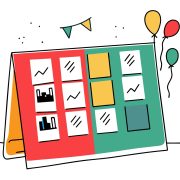
Create conditions for relaxed attention:
Lead age-appropriate somatic awareness:
Deepen understanding of physical-emotional links:
Develop diverse practice approaches:
Transfer practice to ongoing awareness:

Purpose: To create a private space for processing thoughts, feelings, and experiences, helping children externalize and examine their inner world, recognize patterns, and develop their unique perspective.

Set up the framework for successful reflection:
Guide beginning practice with structure:
Guide more insightful awareness:
Help children develop deeper insights:
Create ongoing engagement with reflection:

Purpose: To help children explore and express their unique identity through visual representation, developing awareness of their distinctive traits, preferences, values, and dreams that define their individual self.
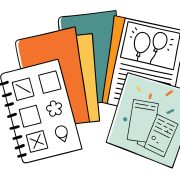
Set up a meaningful creative experience:
Guide reflection on different aspects of self:
Support the creative process:
Process the emerging self-representation:
Create ongoing self-awareness development:

These self-awareness activities help children develop:
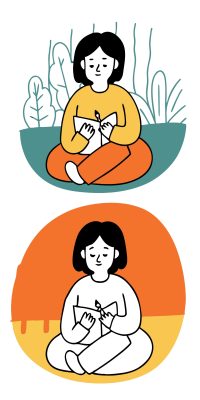
Remember that developing self-awareness is an ongoing process. Regular opportunities for reflection and self-discovery help children build a robust sense of their inner world.
The goal is to help your child develop the understanding that they have a unique perspective distinct from others—a realization that allows them to recognize and value their authentic experience rather than automatically adopting collective viewpoints.
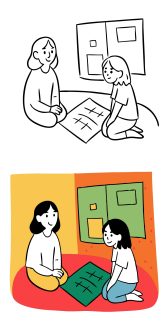
Building self-awareness helps children develop a more individualized perspective as they learn to recognize and trust their internal experience rather than simply accepting external definitions or expectations of who they are.

Remember, at QMAK, we don’t just teach; we empower. We don’t just inform; we inspire. We don’t just question; we act. Become a Gold Member, and let’s unlock your child’s full potential, one question at a time.